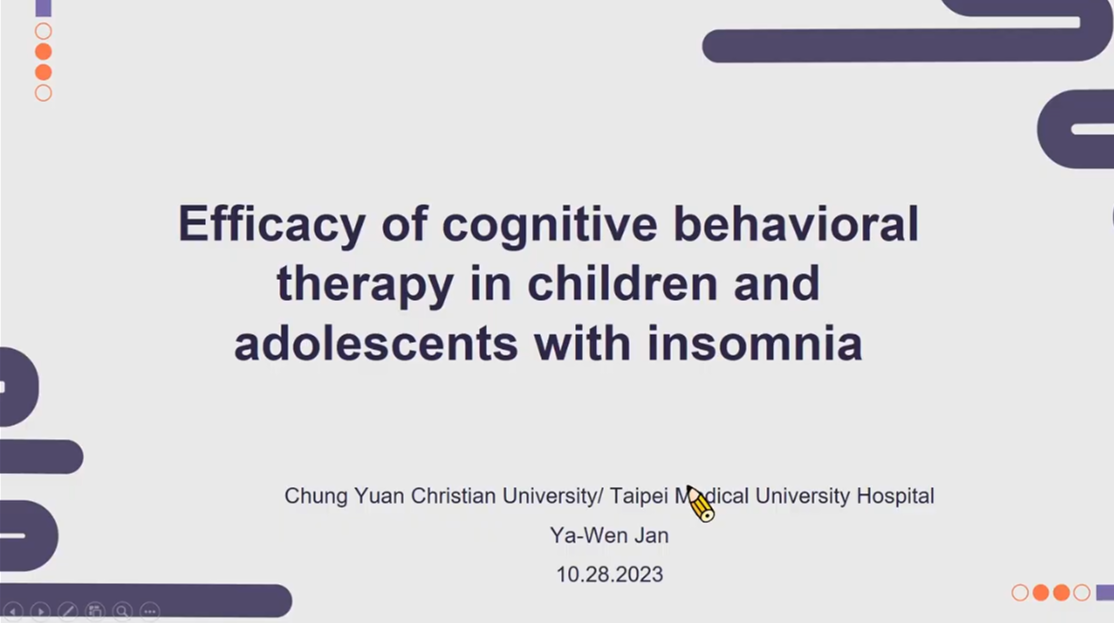
During childhood, there is a predominance of behavioral insomnia as a form of sleep-onset association disorder and/or limit-setting sleep disorder. Adolescent insomnia is more associated with sleep hygiene problems and delayed sleep phase. Insomnia complaints in children and adolescents should be taken into account and appropriately managed by the clinicians and clinical psychologist, considering the association with several comorbidities, which must also be diagnosed. The main causes of insomnia and triggering factors vary according to age and development level. Cognitive-behavioral therapy for insomnia include psychoeducation, behavioral techniques, sleep hygiene, and relaxation techniques is safer and more suitable for children and adolescents. The integration of parents, especially in school-aged children with insomnia, is highly recommended. CBT-I holds promise for treating insomnia in school-aged children and adolescents and more research is needed to investigate specific characteristics and models.